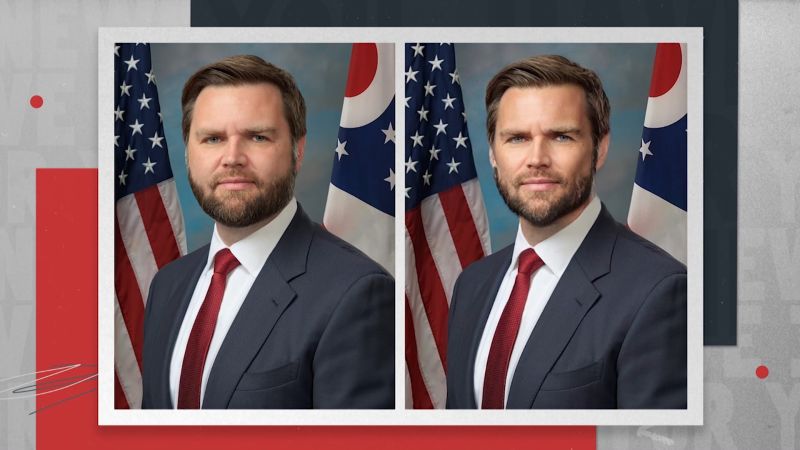Former President Donald Trump returns to the campaign trail Friday when he visits Montana, where he will try to enhance Republican efforts to unseat Democratic Sen. Jon Tester in a race seen as critical to deciding control of the Senate.
The rally in Bozeman will also be Trump’s first since Vice President Kamala Harris officially secured the Democratic nomination and selected Minnesota Gov. Tim Walz to be her running mate, two moves that have energized Democrats and, if only for a few days, knocked the former president out of the headlines.
Big Sky Country is expected to break overwhelmingly for Trump in November, but the Senate race, which pits Republican Tim Sheehy against Tester, the increasingly rare red-state Democrat, is on track to be much closer. As president in 2018, Trump stumped hard for then-state Auditor Matt Rosendale, visiting the state four times during that midterm cycle. Rosendale, now a congressman, lost to Tester by about 3 points.
Sheehy, a retired Navy SEAL and aerospace CEO, is expected to appear alongside Trump at the event, sources familiar with the lineup told CNN. Trump has for years been at odds with Tester, the top Democrat on the Senate Veterans’ Affairs Committee, over the senator’s role in sinking the nomination of former White House doctor Ronny Jackson to run the Veterans Affairs Department.
Trump’s visit to Montana comes on the heels of a busy week for Harris, who officially selected Walz as her vice presidential pick on Tuesday before the two struck out on a campaign tour of battleground states, including Pennsylvania, Michigan and Wisconsin. Trump’s running mate, Ohio Sen. JD Vance, has closely mirrored the Harris-Walz campaign’s schedule, visiting many of the same states in what he said was an effort to heighten the contrast between the dueling tickets.
The former president, meanwhile, spent the week at his Mar-a-Lago resort in Florida. On Thursday, he held a roughly hourlong news conference with reporters at Mar-a-Lago during which he attempted to recapture the spotlight from his Democratic rival.
Trump used the attention to toss a familiar laundry list of attacks against Harris, Walz and Democrats more broadly. The former president repeatedly insulted Harris’ intelligence and needled her for not yet holding a news conference of her own, described Walz as a left-wing radical in disguise and, once more, insisted that Jewish voters who support Democrats “should have their heads examined.”
The former president also announced that his campaign has agreed to participate in three debates next month, with ABC confirming that both Trump and Harris are scheduled to face off on September 10. Harris affirmed later Thursday that she would take part in the ABC debate and said she would be “happy to have that conversation about an additional debate for after September 10.”
Trump’s wandering, digressive commentary cut a sharp contrast with the new Democratic ticket, which in its few appearances so far, has been relentlessly on message. Though he occasionally ventured into arguments about immigration and the economy, the former president spent most of the afternoon session complaining about media coverage of his crowd sizes and downplaying issues such as abortion rights. (He also ducked a question about how he would vote this fall on a proposed Florida state constitutional amendment to undo a recently passed six-week abortion ban.)
The news conference punctuated the end of a week that thrust the 2024 campaign into a new phase, with the major-party tickets now, finally, firmly in place ahead of the election and the candidates ratcheting up their rhetoric.
Harris and Walz used their Midwestern swing to paint the election as a choice between a prosecutor and a convicted felon, as well as a “normal” ticket, theirs, and the “weird” pairing of Trump and Vance.
Trump’s running mate, meanwhile, used his travels to attack Harris’ record on crime, inflation and the border, while also doubling down on the former president’s false claims about her heritage, labeling her “a chameleon” who “pretends to be something different depending on which audience she’s speaking to.”
Vance also escalated his attacks on Walz, accusing the Minnesota governor of ducking service in Iraq when he left the Army National Guard in 2005 to run for Congress. Walz retired two months before his unit received alert orders to deploy to Iraq, but Republicans are again making claims of “stolen valor” and accusing the governor of embellishing his military record.
Those clashes will, in theory, take a backseat Friday night to what’s expected to be an ultra-competitive Senate race. Tester, who was first elected in 2006, is the last-remaining Democrat in nonjudicial statewide office in Montana.
Sheehy, meanwhile, has won the support of both Trump and his allies and the GOP establishment, which views the seat as key to winning a Senate majority going into 2025.
Montana Sen. Steve Daines, the head of the National Republican Senatorial Committee and the first member of his party’s leadership to back Trump’s 2024 bid, was an early Sheehy supporter and helped convince the former president to get behind him.
It’s one of just two Senate races in which a Democratic incumbent is seeking reelection in a state Trump twice carried. Sen. Sherrod Brown’s campaign in Ohio is the other. But unlike in Ohio, Montana Republicans quickly coalesced around Sheehy, avoiding a tempestuous primary.
Sensing the stakes, both parties have poured money into the contest, spending tens of millions on early advertising and booking airtime in the coming fall months, making it the second-most expensive Senate race of the cycle so far.
CNN’s David Wright contributed to this report.
Read the full article here














